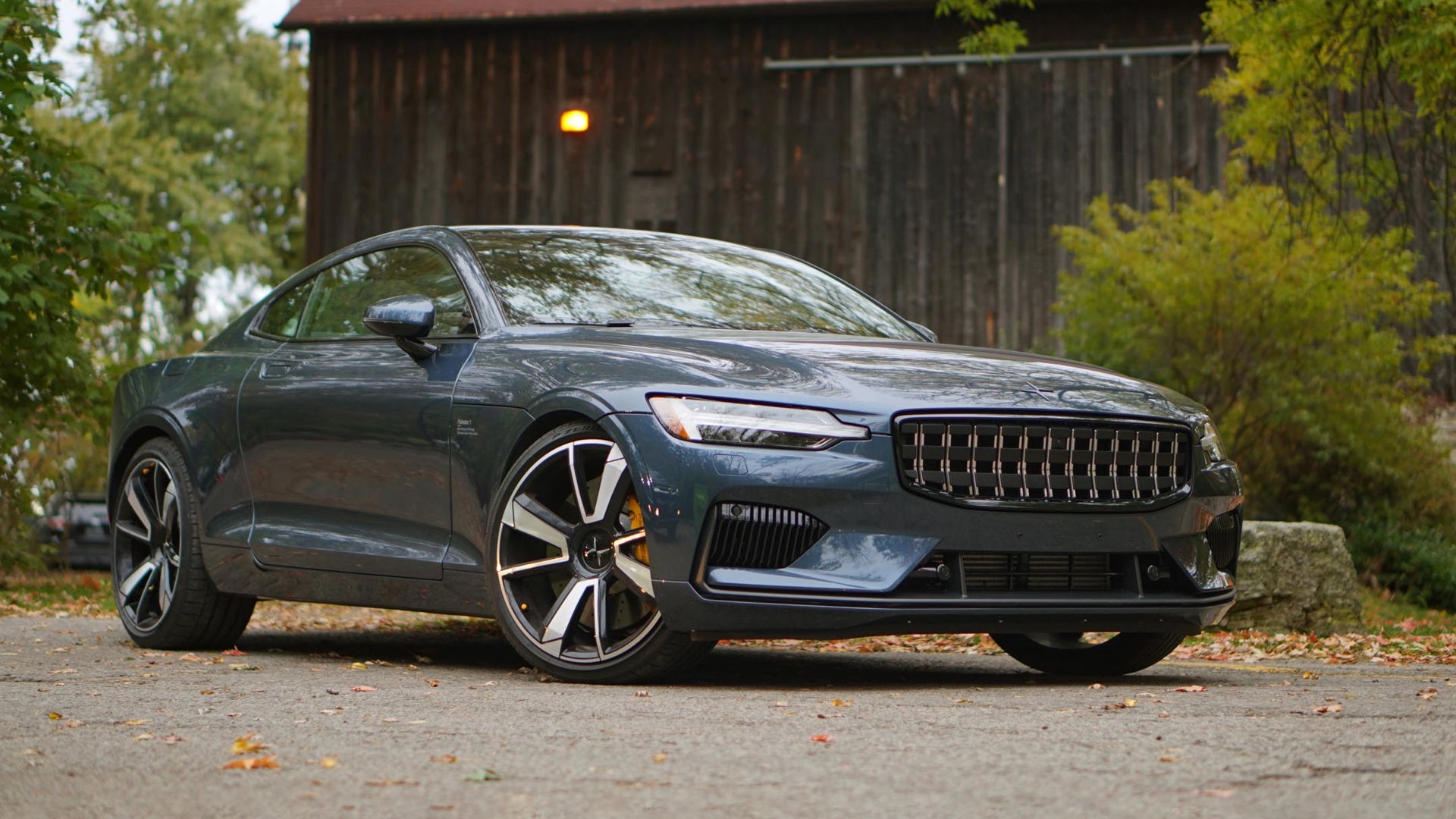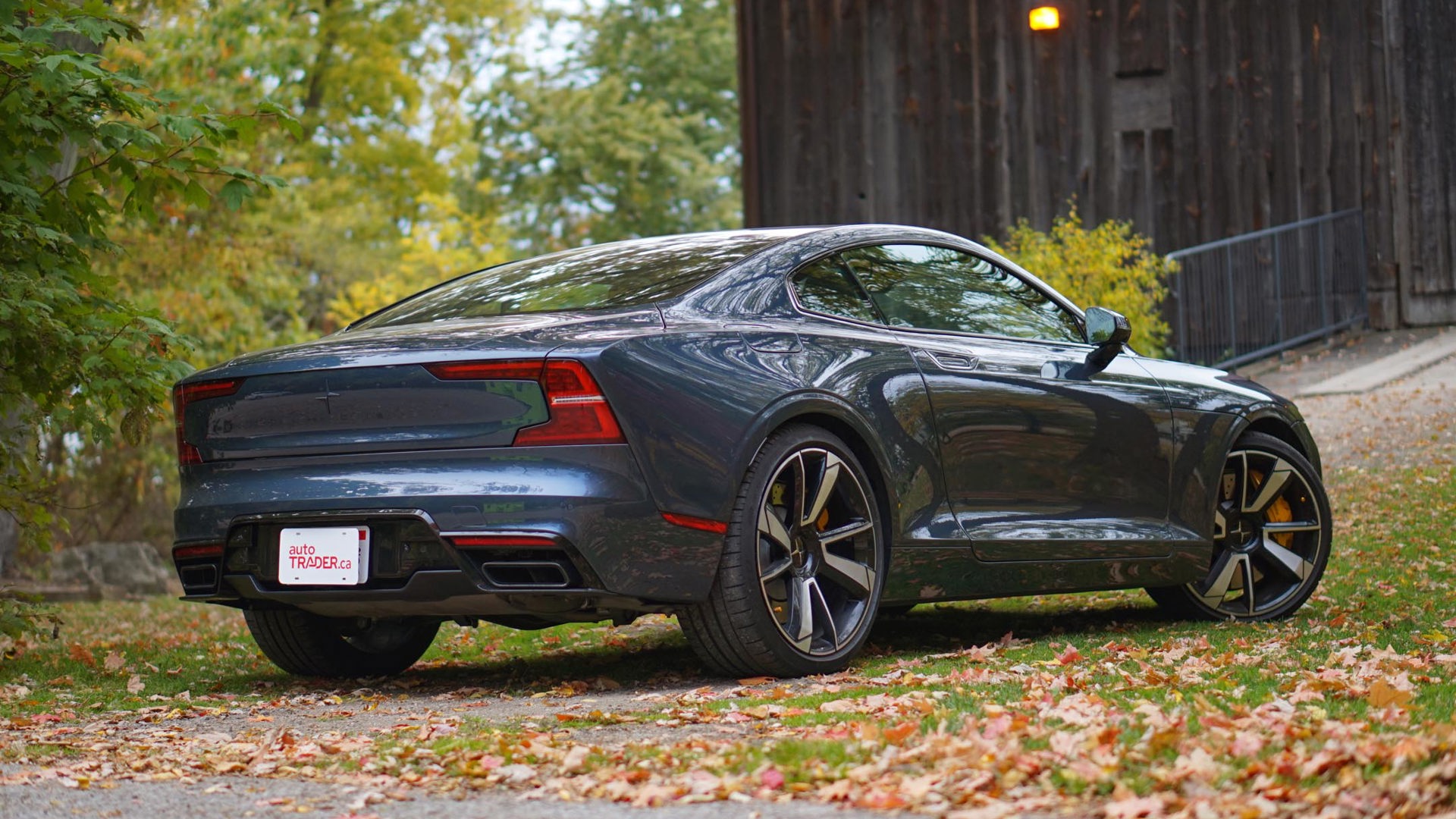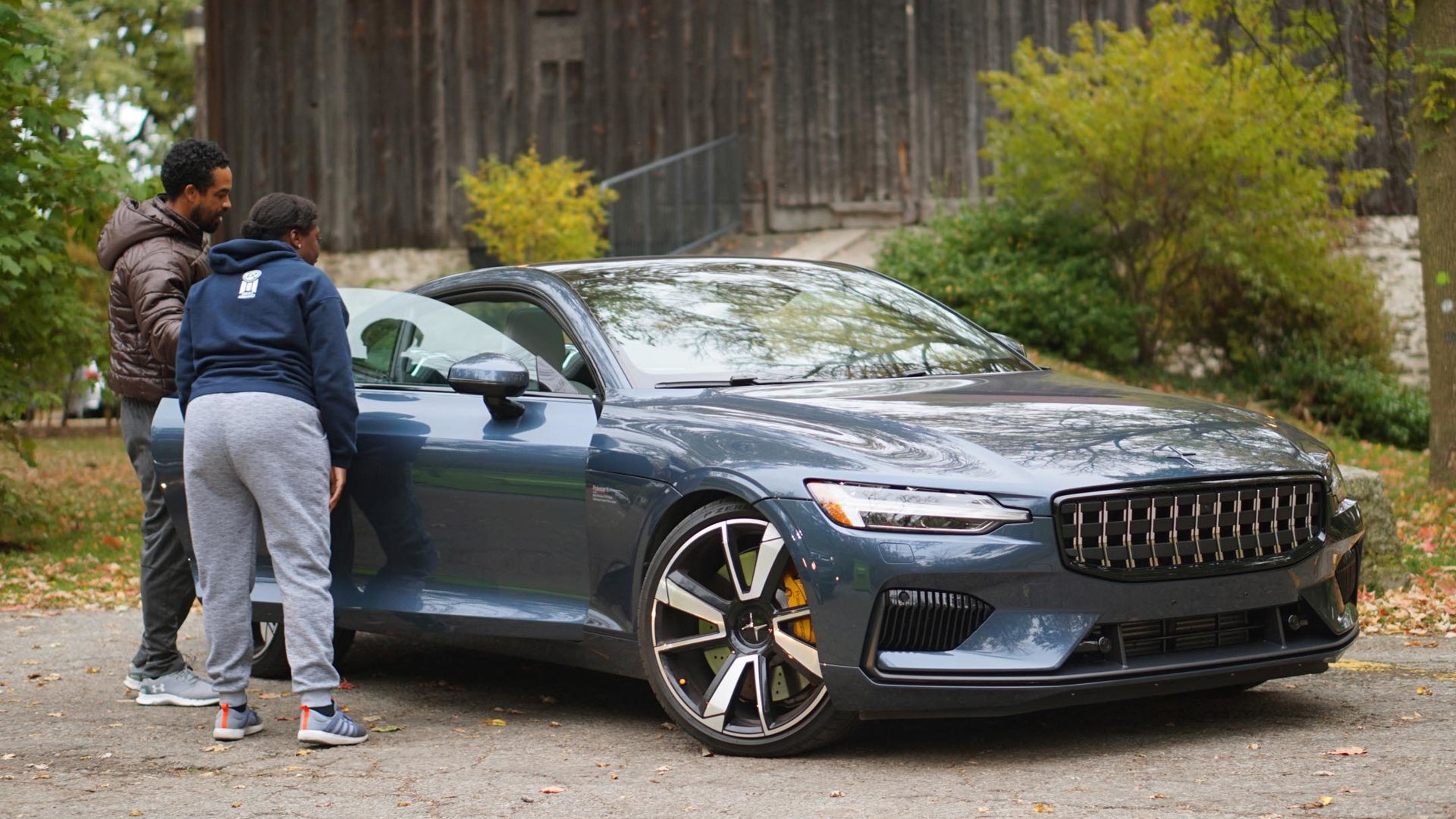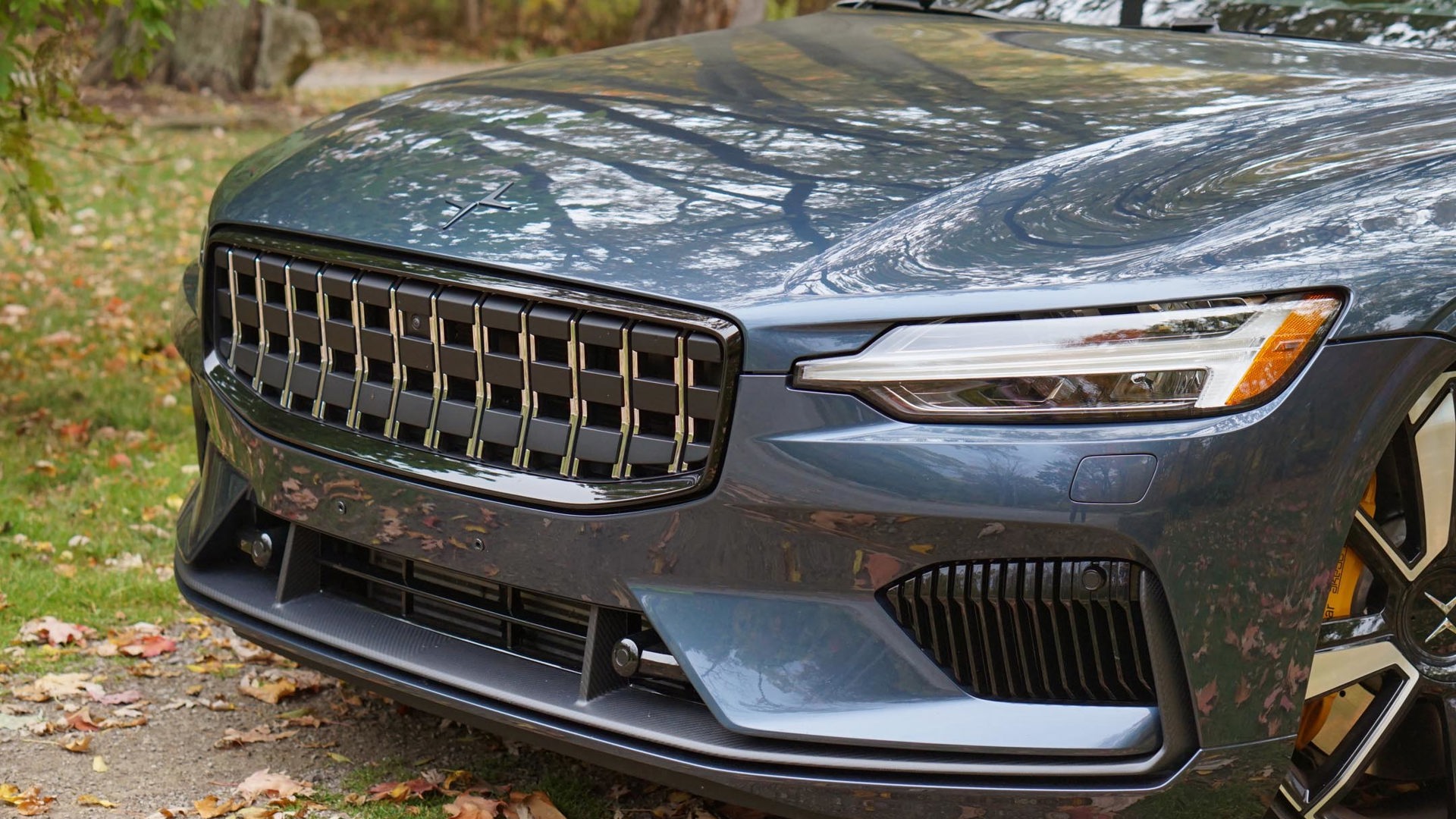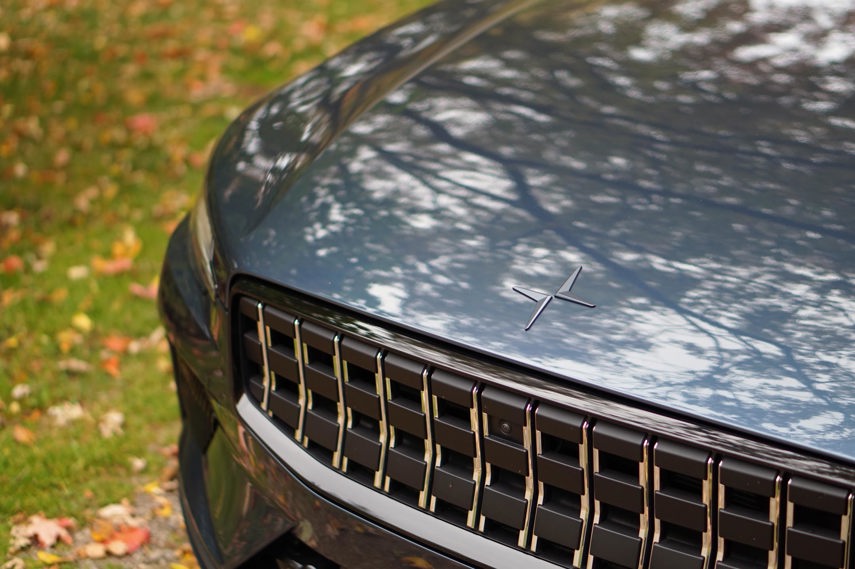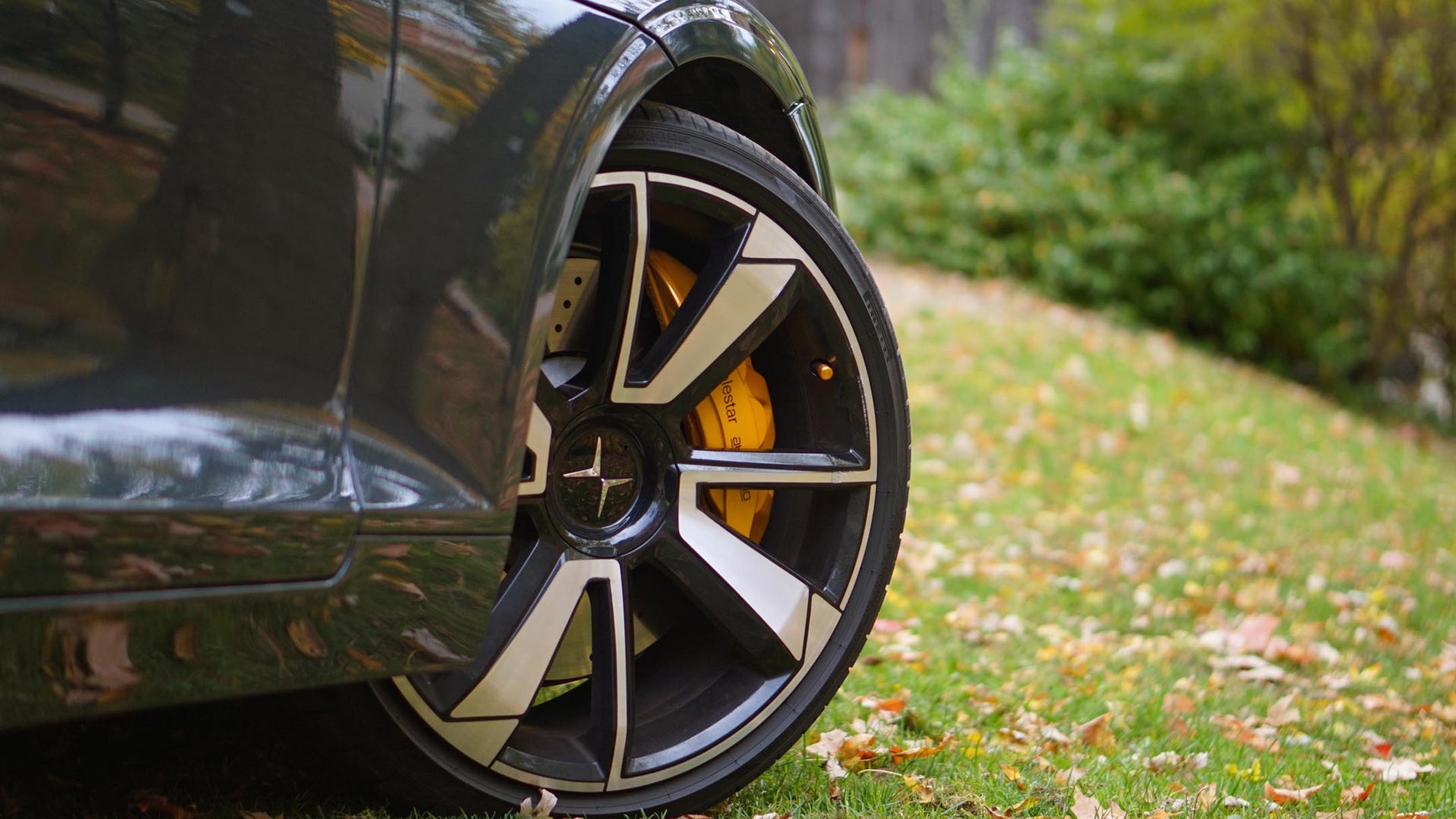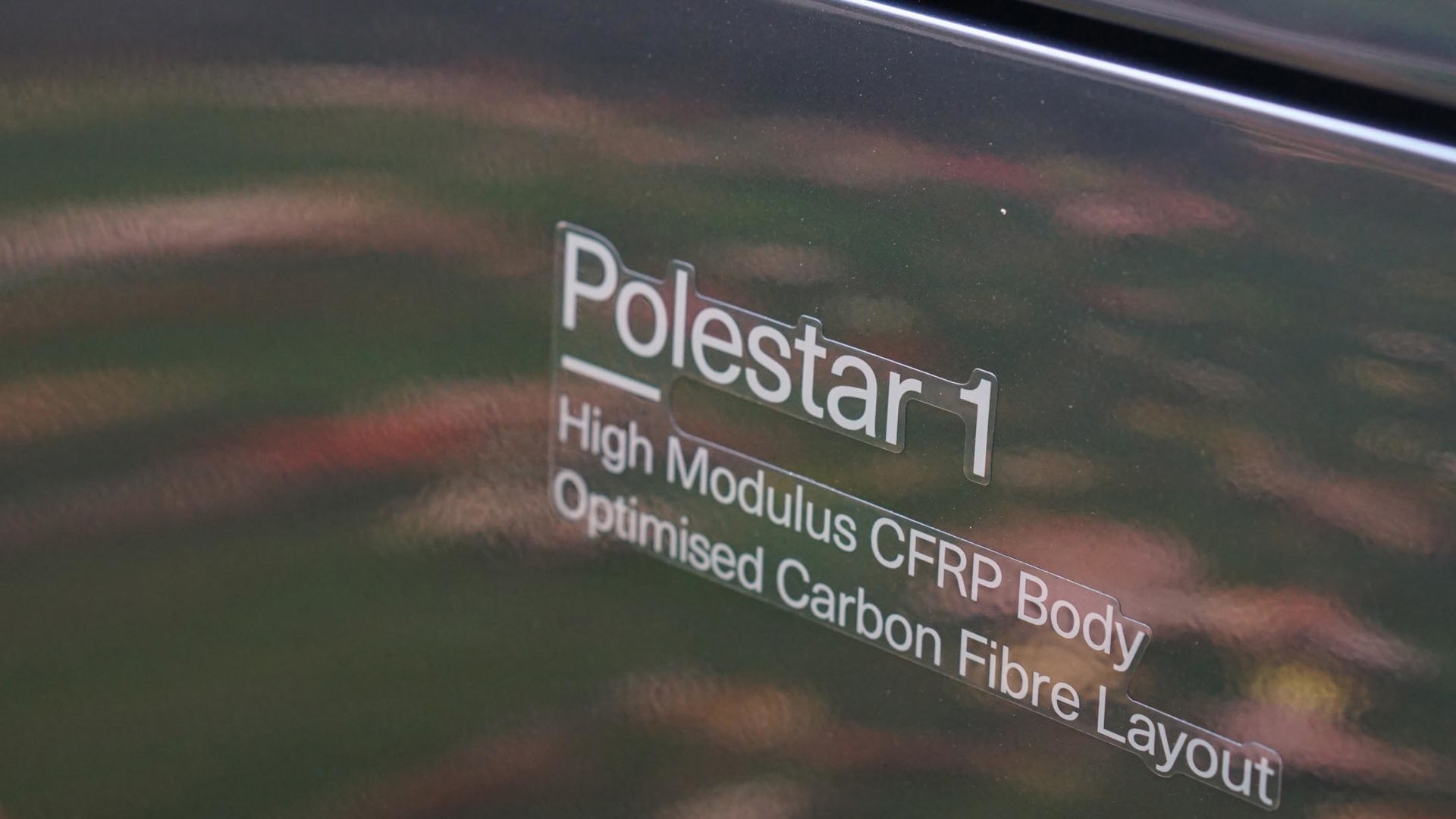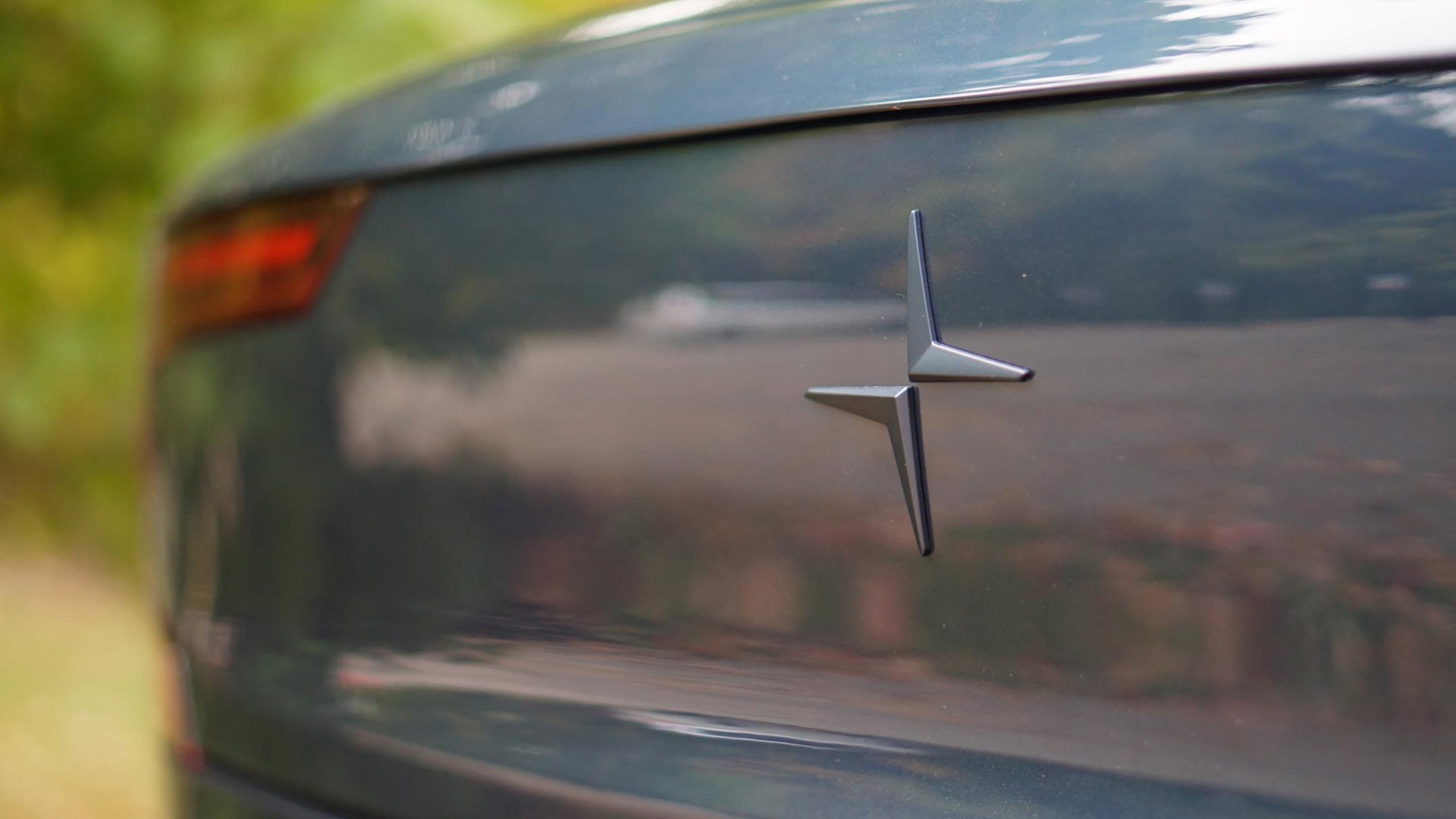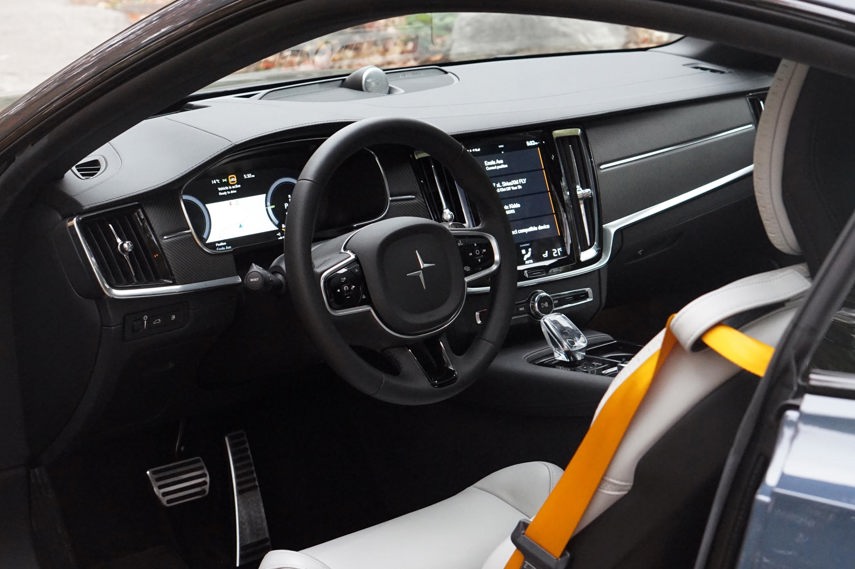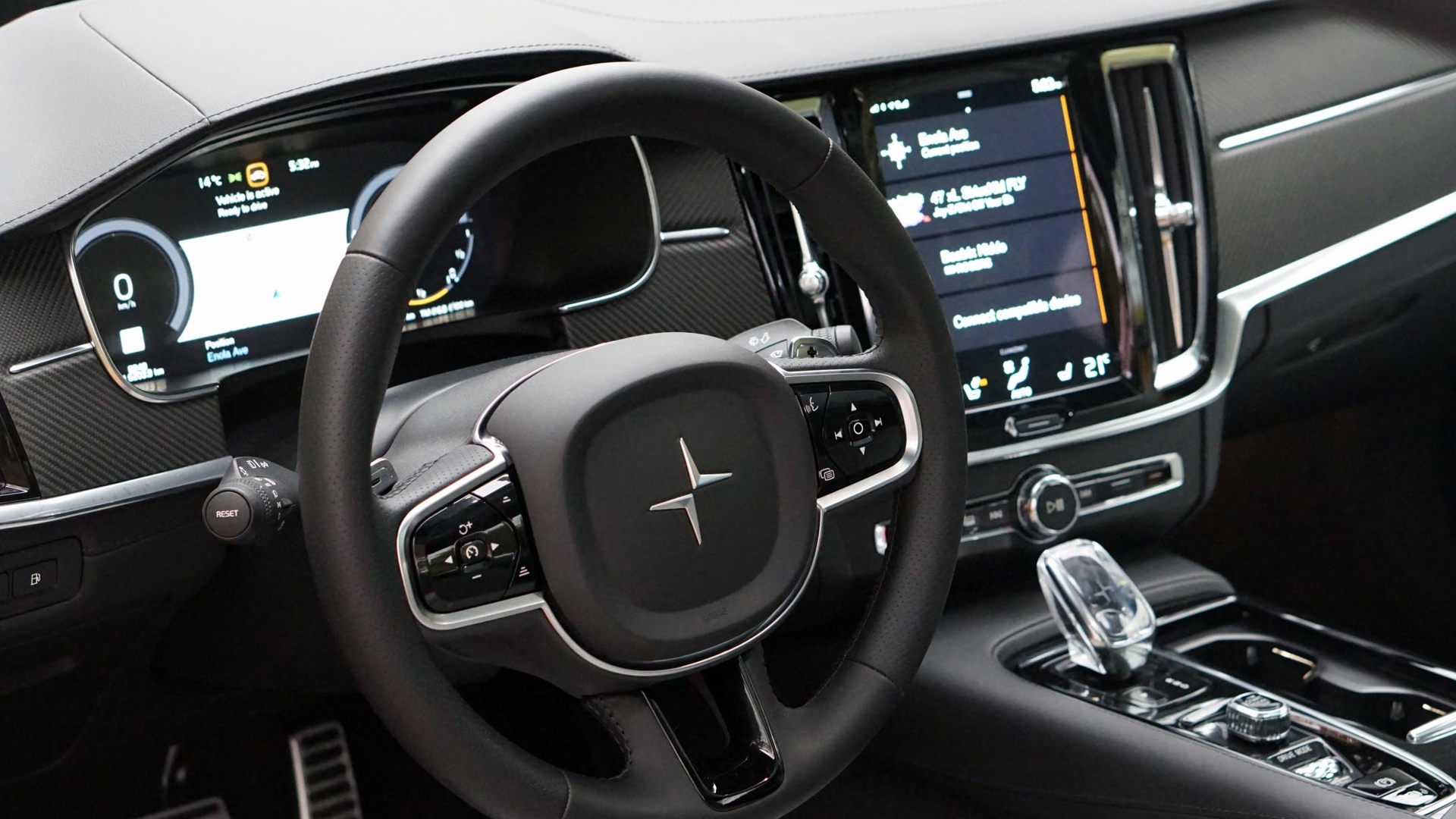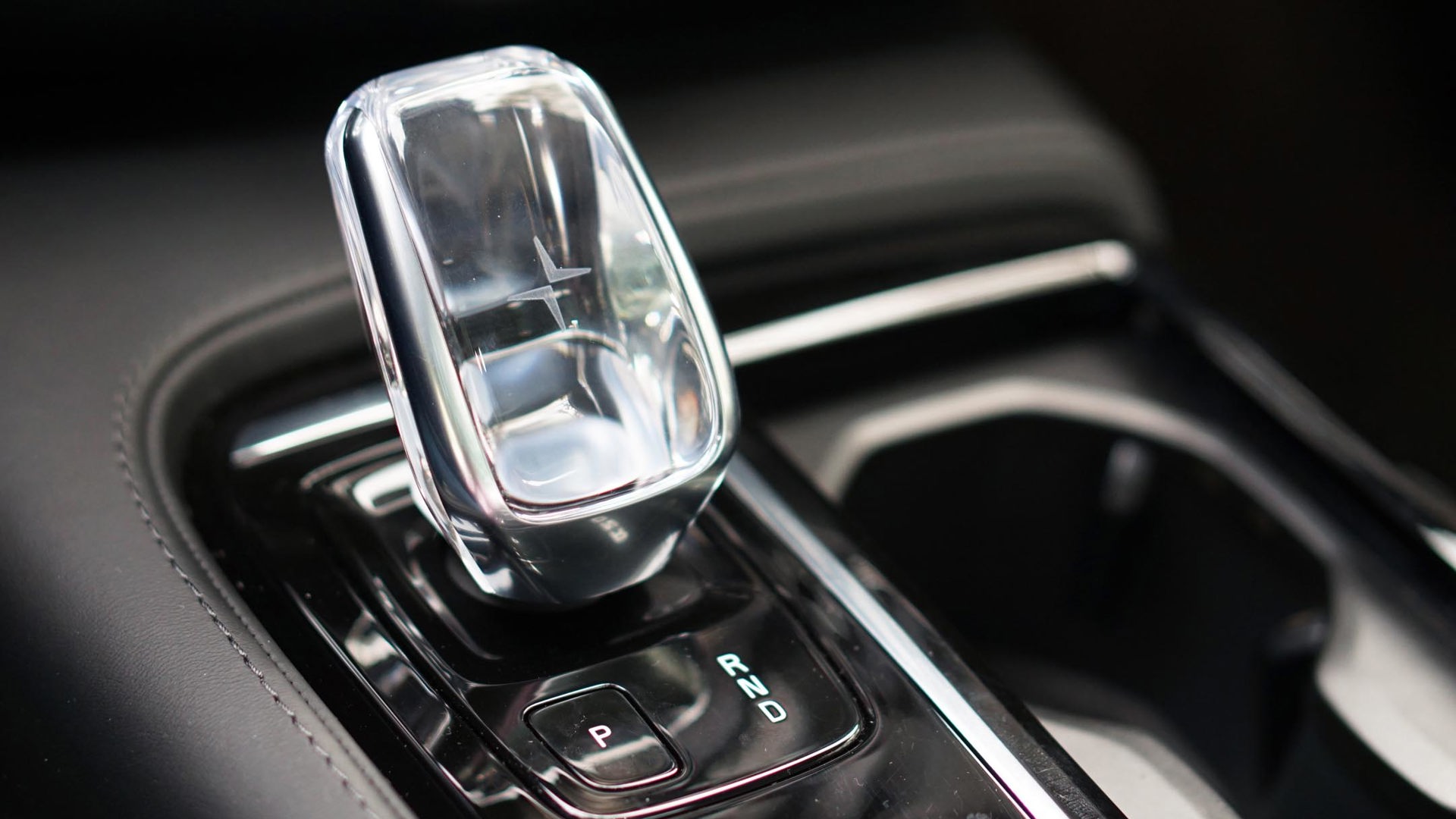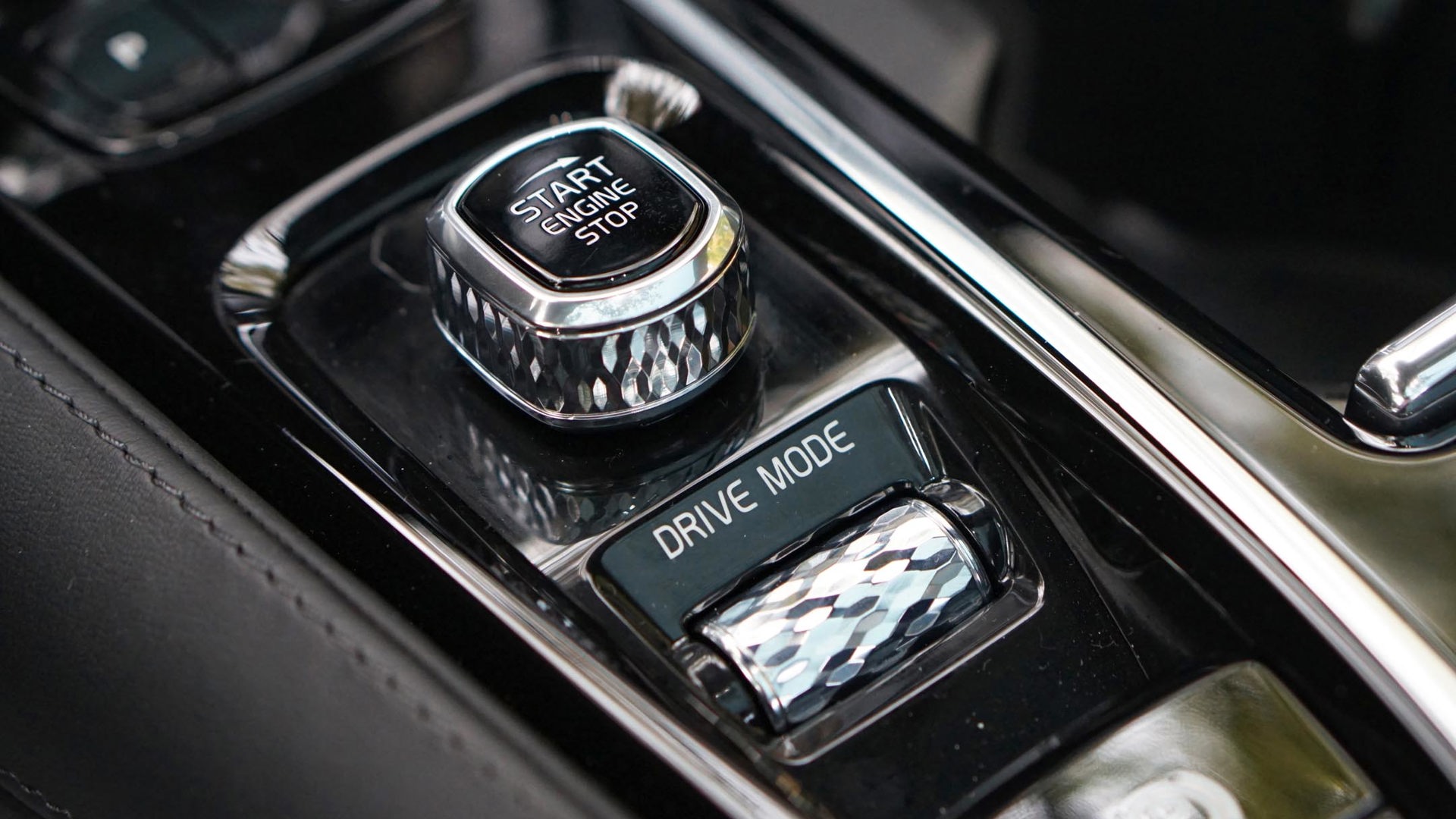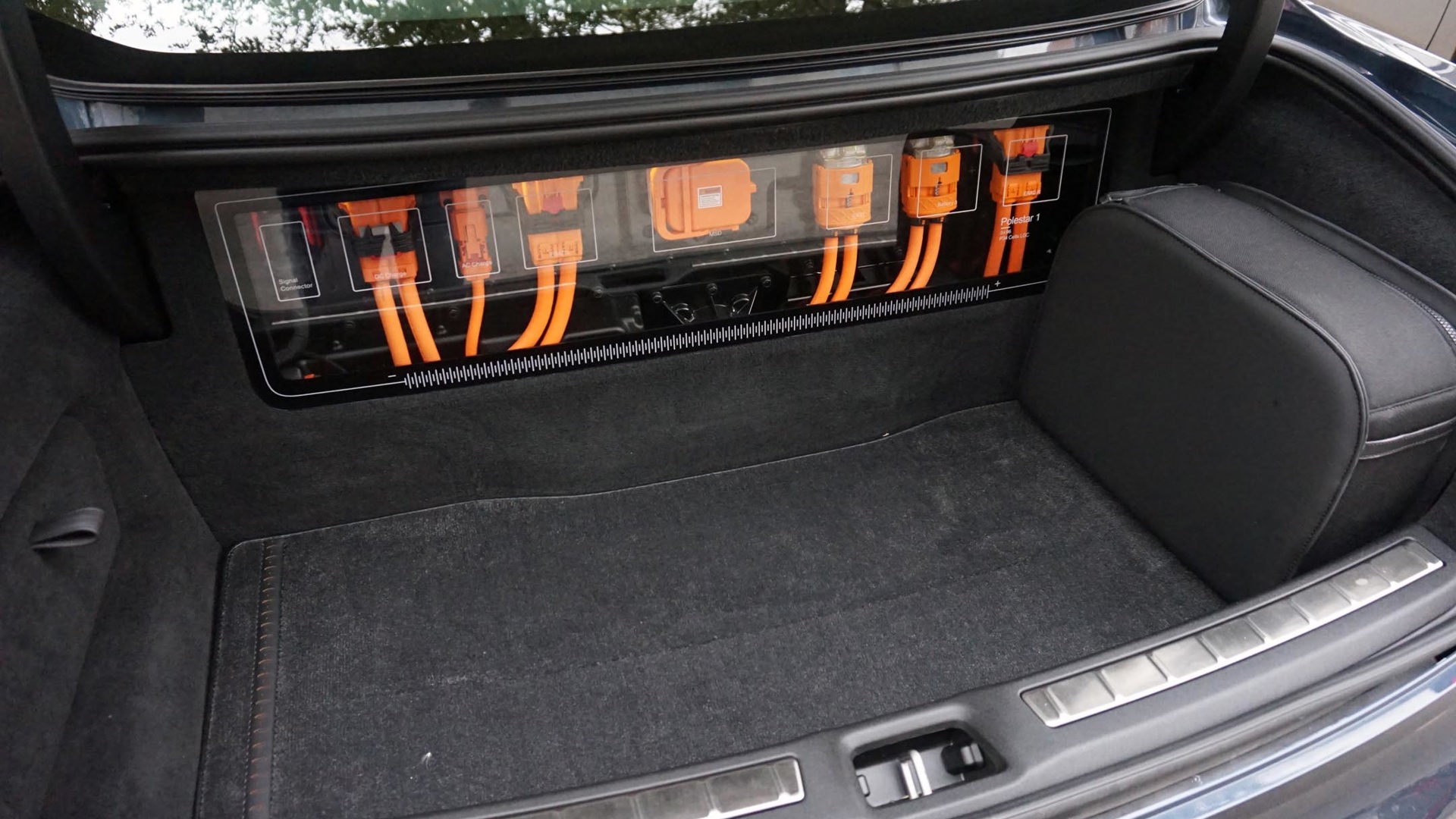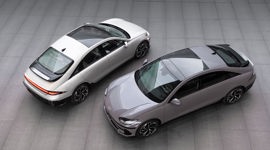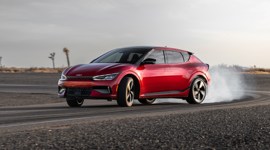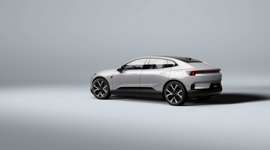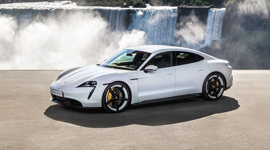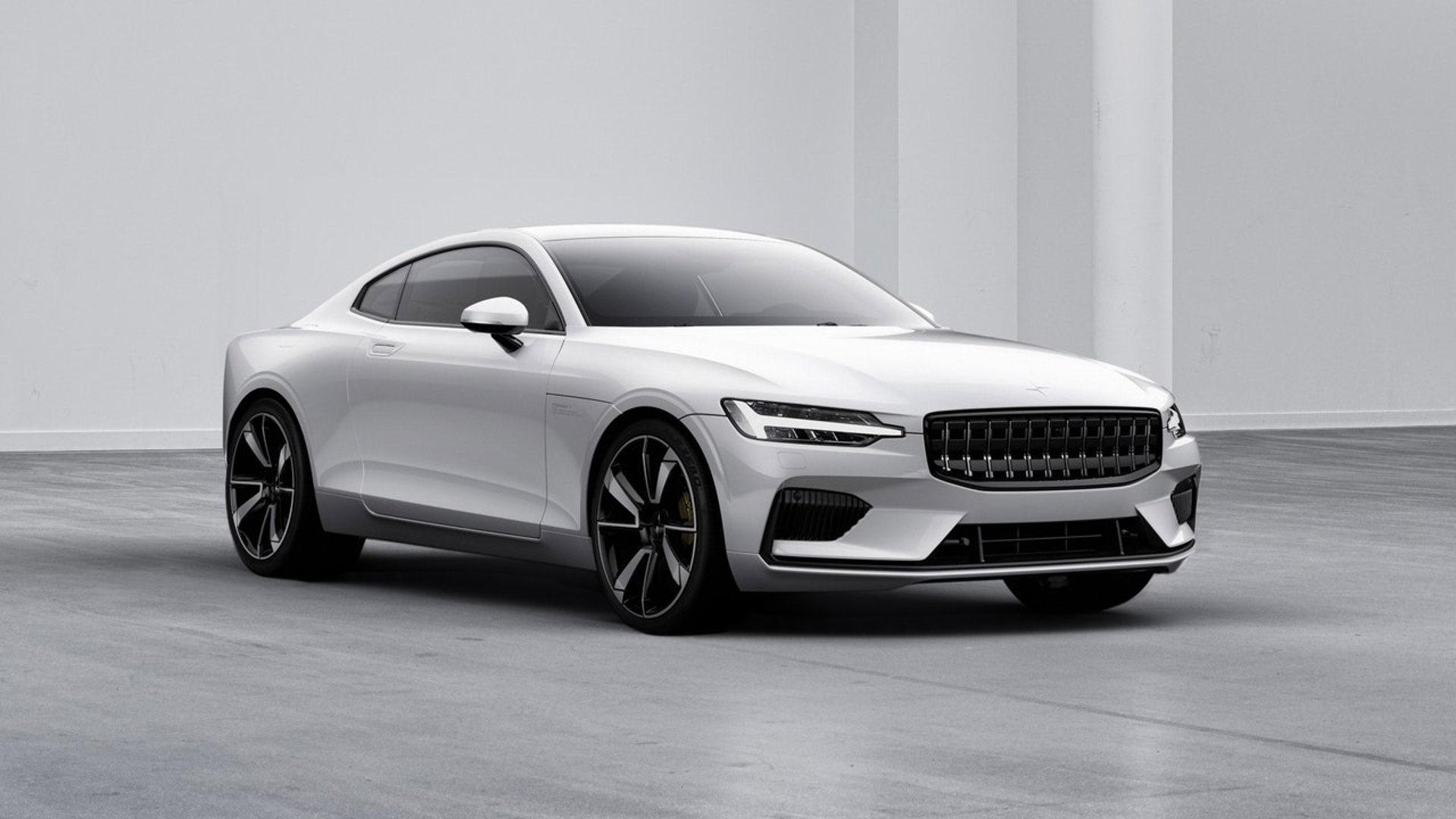The Polestar 1 is the definition of niche. It comes from an unrecognized offshoot brand of an already underdog automaker (Volvo), it has a body style that no one buys anymore (a coupe), its alternative plug-in hybrid powertrain makes it even more specialized, and it has a price that makes it incredibly unaffordable for most folks. This should be a recipe for a car that’s incredibly irrelevant.
The Polestar 1, however, is anything but irrelevant. Despite the fact that this luxury plug-in hybrid (PHEV) grand touring coupe costs $200,000 and only 150 units of its total 1,500 annual production run have been allotted to North America, this highly sophisticated vehicle matters, even to those of us who can’t afford it.
In the same way that an artsy, high-brow Oscar-worthy foreign film won’t be a huge box-office smash hit and most of us won’t even understand what’s going on, the Polestar 1 has a higher purpose that goes beyond just sales.
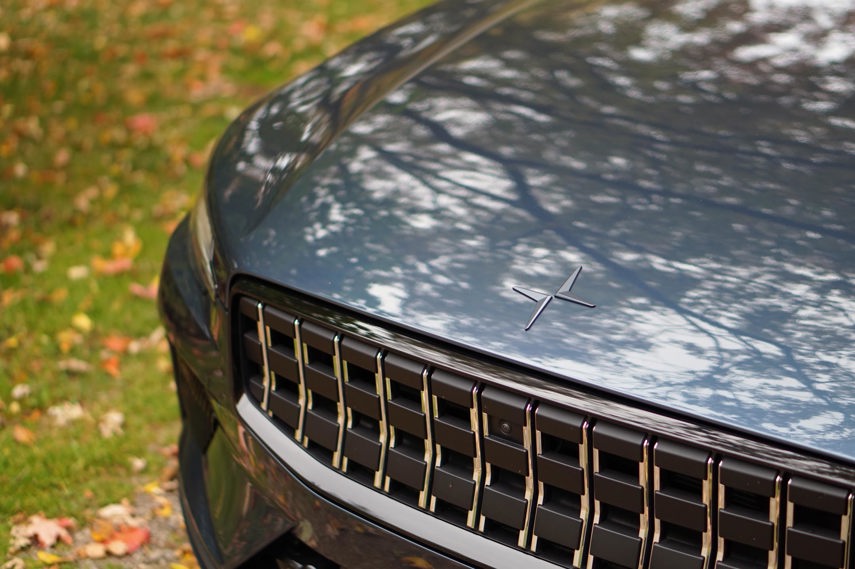
What Is a Halo Car?
In automotive industry terms, the Polestar 1 is a “halo car,” a model that’s meant to sit atop a brand’s lineup and be a showcase for the best it has to offer. A halo car shines a bright light on the rest of the cars in a brand’s lineup and previews what’s to come in future vehicles. They are meant to capture people’s curiosity enough to entice them into a dealership and, while the halo car might be priced out of their reach, it might spark interest in the more affordable model sitting next to it. Acura, for example, leans on the NSX hybrid supercar to demonstrate the pinnacle of its technology and design, but most people entering the dealership will end up leaving with a much less exotic MDX crossover, which nonetheless shares a lot of technology with the brand’s most expensive car.
For Polestar, the 1 carries even more significance as the first model it has ever produced, so this PHEV coupe had a lot riding on its carbon-fibre construction to make a good first impression on the world. Unlike Acura, Polestar is starting from scratch and doesn’t have a historically significant nameplate to lean on.
“The Polestar 1 was really a messenger of things to come from the brand,” Gregor Hembrough, Head of Polestar for the Americas, told autoTRADER.ca in an interview. “When we take a look at the design, it’s so much more than just the look of the car, but we also have to take a look at the technology that we used to make the car look that way,” he said, adding that halo cars are “about technology and innovation.”
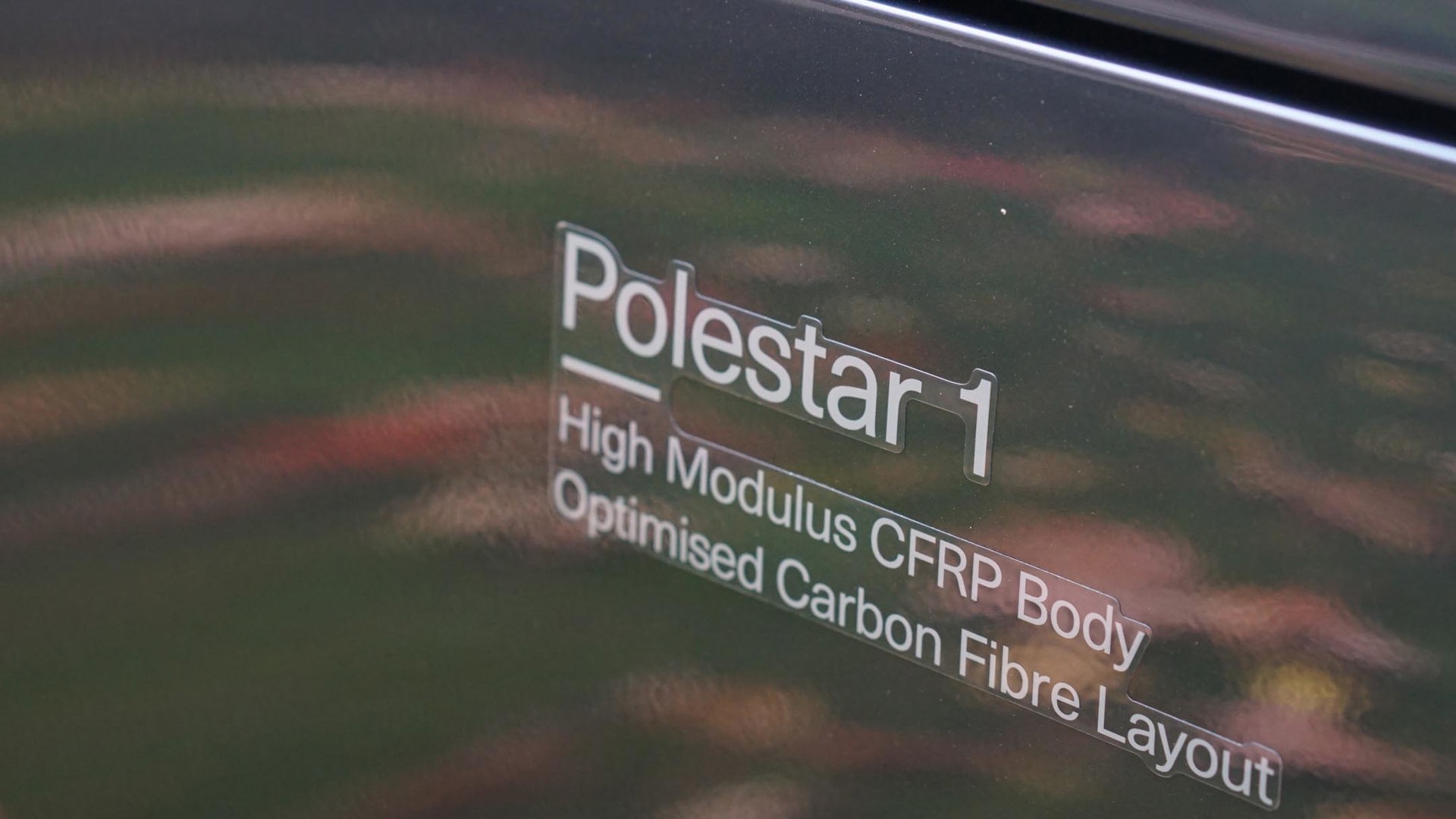
The Polestar 1’s aggressive curves, for example, wouldn’t have been possible to achieve using traditional steel, so the brand used carbon fibre to manufacture the body, not just for weight savings, but because it allowed the team to experiment with design and push the limits on what was possible. The PHEV powertrain is also highly sophisticated, combining Volvo’s supercharged and turbocharged four-cylinder internal combustion engine with twin electric motors on the rear axle and a large battery for a total system output of 626 horsepower and 738 pound-feet of torque.
And although the brand’s more mainstream model, the Polestar 2, isn’t carbon-fibre and is fully electric, the innovation, design, and craftsmanship used in creating the 1 are all hallmarks of the brand that will somehow trickle down to all other cars coming Polestar’s future.
“These are all things that I think lend itself very well to not only giving Polestar 1 the halo, but also as a very good indicator of what Polestar is going to be in the future,” Hembrough said.
As a halo car, the Polestar 1 also had to showcase not only how desirable alternative powertrain vehicles can be but also how they have evolved to be many things to many people, said JP Canton, Polestar spokesperson.
“The use case for the car is that it can be driven as an EV for your daily routine, as a serious sports car when the mood strikes, or as a comfortable long-distance GT (grand touring) car when the need arises thanks to the considerable ICE (internal combustion engine) and EV (electric vehicle) range.”
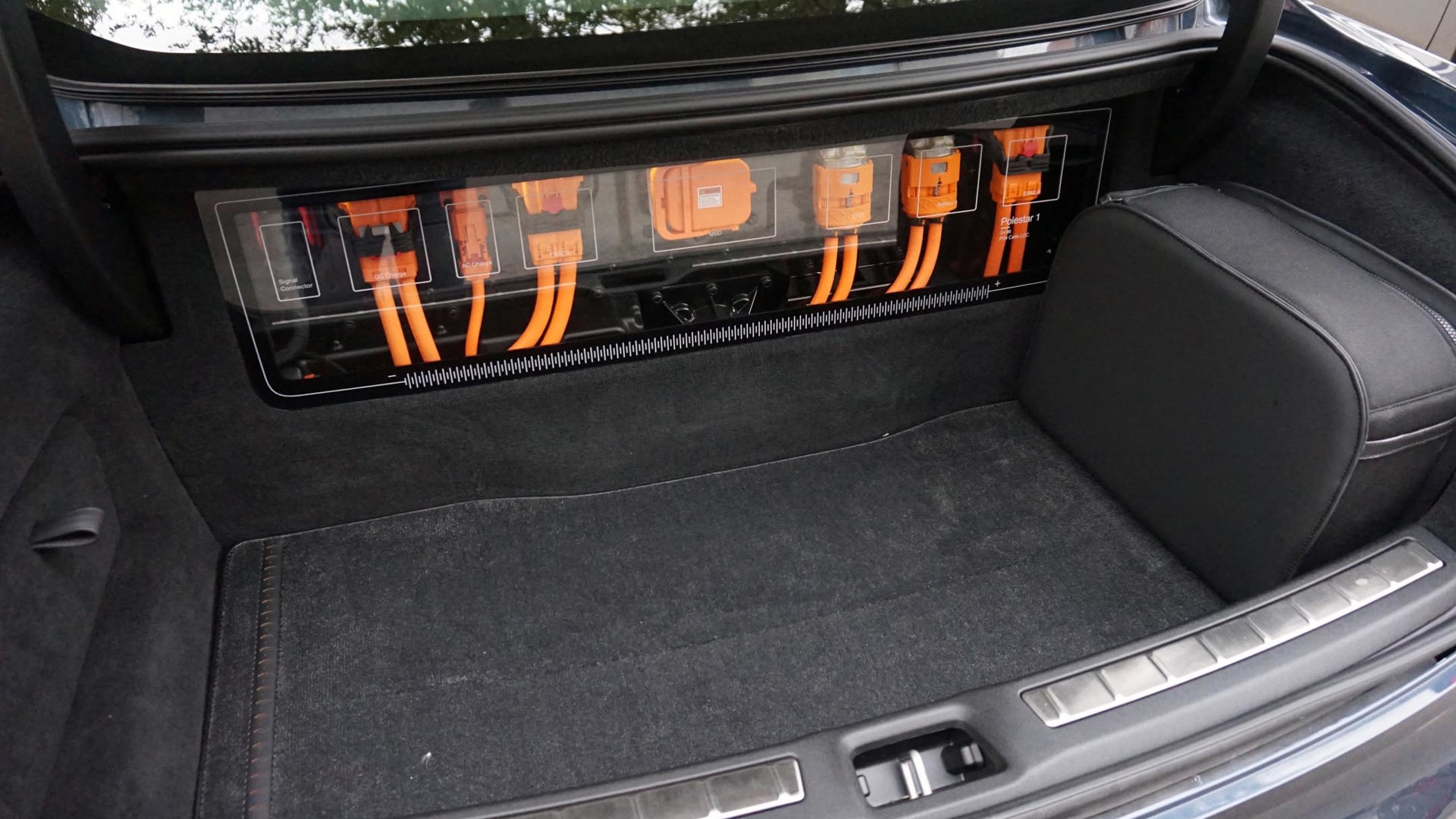
With this in mind, the Polestar 1 puts its best electric foot forward with a literal showcase of its EV components. When you open the trunk, you’re greeted by bright orange electrical connections behind a glass panel, a cool design feature, but, more importantly, a tribute to the brand’s dedication to electrification, something they want everyone to be aware of.
Made in China
The Swedish brand is an offshoot of Volvo, which is owned by Zhejiang Geely Holding Group, a Chinese company, and the Polestar 1 is built in Chengdu, China. For far too long, products with a “Made in China” label were assumed to be of poor quality, an outdated narrative that Polestar, and many other companies like Apple, for example, have proven to be untrue. Not only does the fit and finish of the car rival that of the best and most established automakers, but its complex construction is executed exceptionally well.
During my time with the Polestar 1, I did experience some glitches, but they were caused by the distributor/dealer and not by shoddy manufacturing. People were far too quick to comment that the issues I was experiencing in the Polestar 1 were due to it being “made in China garbage,” so it’s clear the brand has some challenges ahead in battling this outdated thinking.
So beyond trying to prove that Polestar has what it takes as an upstart company, it also has to prove that its Chinese ownership and manufacturing meets the high standards people expect from the Swedish brand.
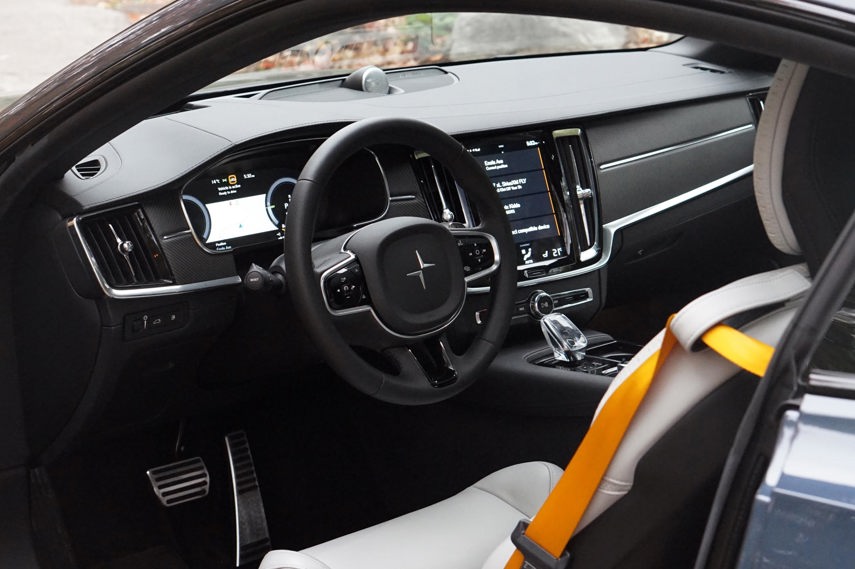
The Volvo Connection
Hembrough acknowledges that Polestar has a tall mountain to climb in the automotive space, but the brand has had some help.
“We have some benefits due to our affiliation and our partnerships with Volvo. There’s a lot of credibility that comes along with it. It’s nothing that we shirk or run away from,” he said, adding that Volvo’s experience with manufacturing, industrialization, and distribution has helped the brand immensely.
“I think it’s one of the things that have been able to get us into the marketplace with such a reputable vehicle and such a credible vehicle from the onset,” he said. “But there are challenges, of course, and that really comes down to brand recognition.”
While Volvo is well known, Polestar is far from being a household name. Hembrough is quick to point out, however, that it took a certain California-based EV maker 12 years to make it from a quirky start-up to the powerhouse it is today. So Polestar knows that it won’t be a famous brand overnight.

Did It Work?
The Polestar 1 is an impressive accomplishment – it’s fast, smooth, high-tech, luxurious, and feels incredibly special – but it’s not a perfect vehicle. Besides being expensive, it doesn’t have a ton of electric range, it has a tiny trunk, it’s not very practical, and when the battery is depleted, it’s a four-cylinder, front-wheel-drive car that sounds and drives mostly like you’d expect.
But none of that really matters because if the goal of the Polestar 1 was to get people to notice, the brand knocked it out of the park.
Everywhere I drove it, people stopped me to ask about it, which is rare in normal times, but during COVID, it takes something extra special to break people’s resolve to keep to themselves.
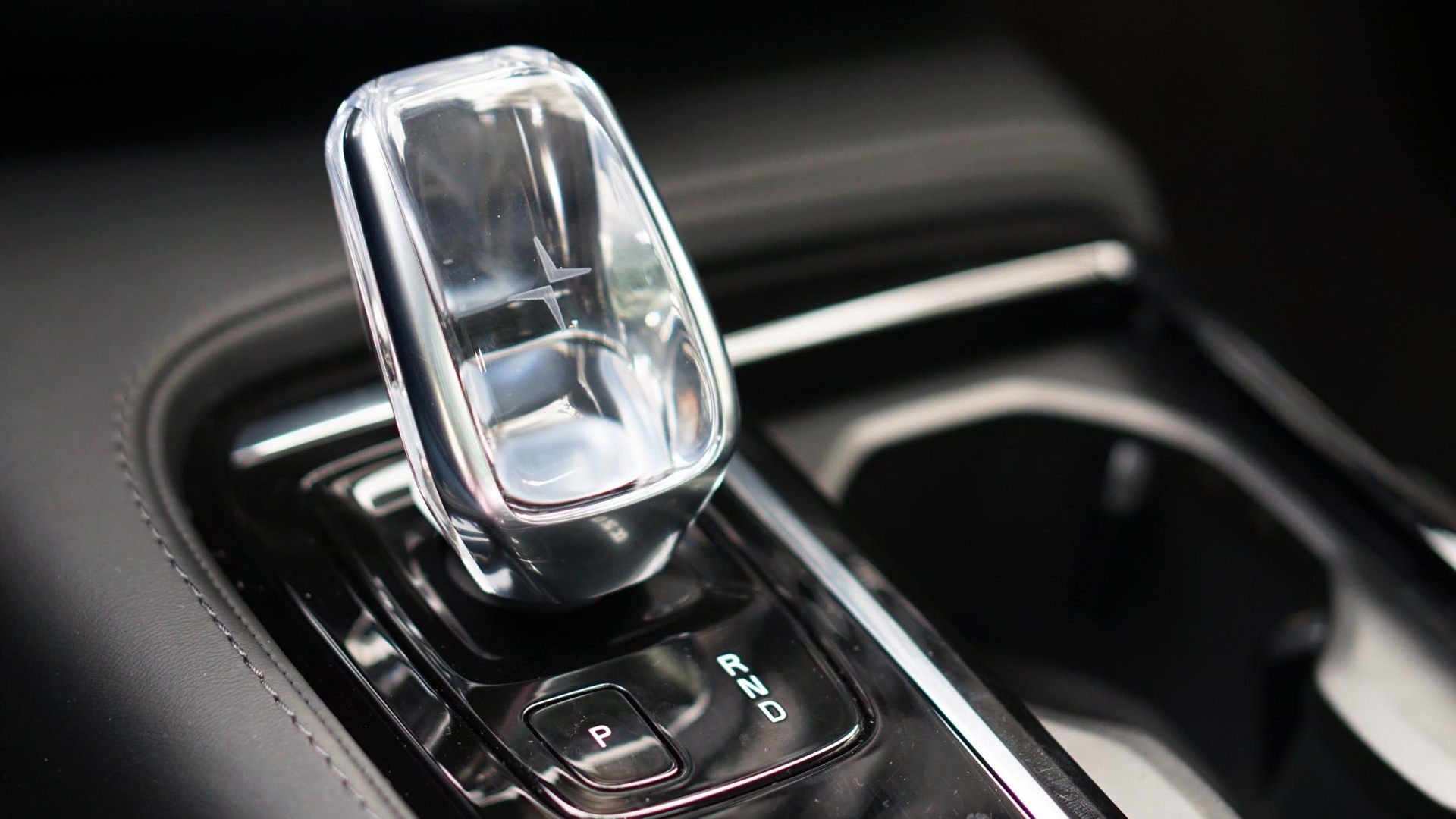
“What is this car?” they would ask with the same kind of excitement and curiosity I have when meeting a dog.
“It’s called a Polestar 1,” I would reply, anticipating an onslaught of follow-up questions.
Every single time, the response would be, “A what?”
Being unique and sleek enough to catch people’s eye, the Polestar 1 becomes a portal for brand awareness. In my brief time with the coupe, I educated about a dozen people not only on the Polestar brand and its connection to Volvo, but also about EVs and PHEVs in general. Most people seemed shocked that a PHEV could look so handsome and have so much power, so the Polestar 1 not only moves the needle forward for its own brand, but for alternative powertrains in general. Although Polestar still has a lot of work to do, its first vehicle wears its halo proudly.
